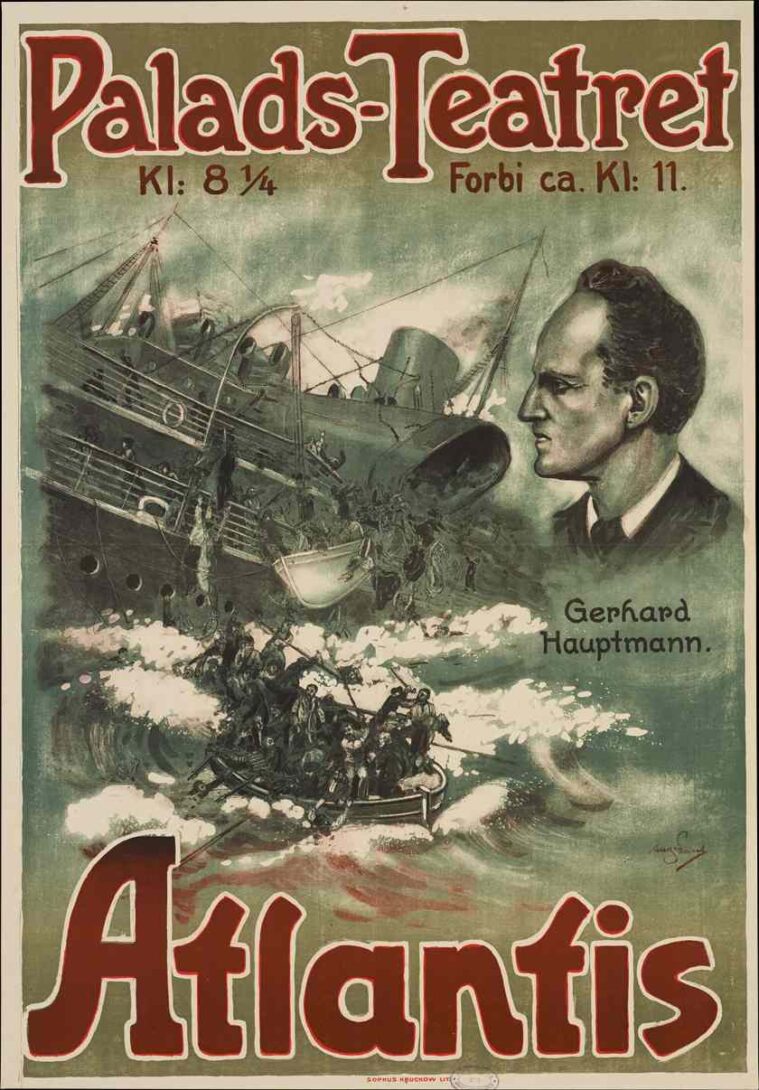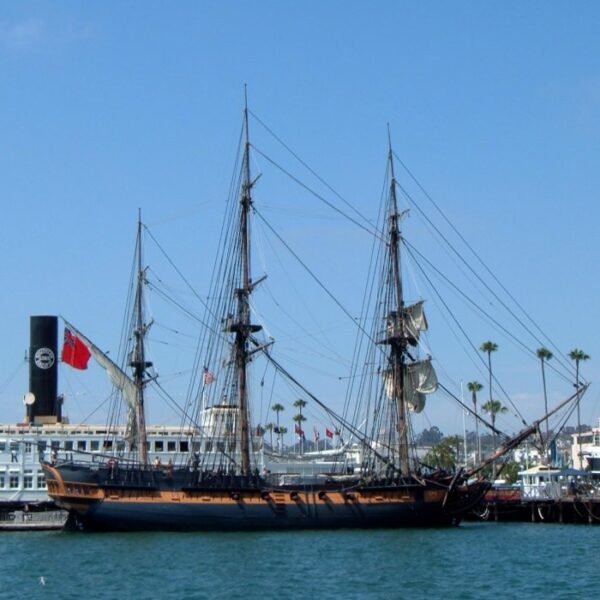The Galapagos Islands are a place of unparalleled natural beauty. It’s no wonder that so many filmmakers have chosen to shoot scenes from their movies here. The following is a list of some of the best movies filmed in the Galapagos Islands.
Master and Commander
The Far Side of the World was released in 2003 and stars Russell Crowe. The movie is set in 1805 and tells the story of a British naval captain who leads a fight against a French ship. Some scenes were filmed on Fernandina Island and Isabela Island.
Baraka
Baraka was released in 1992 and is an award-winning documentary film that features footage from around the world. Scenes from the movie were shot on San Cristobal Island, Espanola Island, and North Seymour Island.
The Old Man and the Sea
The Old Man and the Sea is a 1958 movie adaptation of the Ernest Hemingway novel of the same name. It stars Spencer Tracy as an aging Cuban fisherman who goes on a journey to catch a giant fish. The film was shot on location in Cuba and some scenes were also filmed in the Galapagos Islands.
180° South
180° South is a 2010 documentary film that follows the journey of two adventurers as they travel to Patagonia and beyond. The film includes footage of the men climbing mountains and sailing in the seas around the Galapagos Islands.
Maidentrip
Maidentrip is a 2013 documentary film that follows the journey of teenage girl as she sails around the world alone. The film includes footage of her time in the Galapagos Islands, where she spent time diving and exploring the natural wonders of the islands.
Racing Extinction
Racing Extinction is a 2015 documentary film that exposes the illegal wildlife trade and looks at how humans are driving many species to extinction. The film includes footage of the Galapagos Islands, where endangered species like the giant tortoise are found.
Life on Earth
Life on Earth is a 1979 documentary film that explores the natural history of the planet Earth. The film includes footage of animals and plants in the Galapagos Islands, as well as other locations around the world.
Earth: One Amazing Day
Earth: One Amazing Day is a 2017 documentary film that follows the journeys of various animals over the course of 24 hours. The film includes footage of animals in the Galapagos Islands, as well as other locations around the world.
Expelled
Expelled: No Intelligence Allowed is a 2008 documentary film that looks at the controversy surrounding Intelligent Design and Creationism. The film includes footage of interviews with scientists, as well as footage of the Galapagos Islands.
Atlantis

Atlantis is a 1991 television movie that was filmed in part on location in the Galapagos Islands. The movie tells the story of a group of scientists who travel to the island of Atlantis to study its unique ecosystem.
The Life of Birds
The Life of Birds is a 1998 television documentary series that explores the world of birds. The series includes footage of birds in the Galapagos Islands, as well as other locations around the world.
Genesis
Genesis is a 2004 documentary film that looks at the creation of the universe and life on Earth. The film includes footage of the Galapagos Islands, as well as other locations around the world.
The Aquanauts is a 1960 television series that follows the adventures of a group of underwater explorers. The series was filmed in part on location in the Galapagos Islands.
Challenges of filming in the Galapagos Islands
It’s no secret that the Galapagos Islands are one of the most beautiful and exotic places on Earth. With their pristine beaches, clear blue waters, and diverse wildlife, they offer filmmakers an opportunity to capture nature at its best. However, due to the many protected areas and prohibitions on filming in certain locations, it can be a challenge to get the footage you need. In this blog post, we will discuss some of the challenges and prohibitions involved in filming in the Galapagos Islands.
One of the biggest challenges of filming in the Galapagos Islands is getting permissions from the various government agencies that manage the protected areas. In order to film in any of the national parks or reserves, you need to obtain a permit from the Ecuadorian Ministry of Environment. The process can be time-consuming and expensive, and there is no guarantee that your permit will be approved.
Another challenge is the restricted access to certain areas of the islands. Many of the beaches and trails are off-limits to filmmakers, and even when you are able to film in a particular location, you may be required to use a tripod or other equipment that makes it difficult to get the shots you want.
Finally, the Galapagos Islands are home to a variety of unique animals that are protected by law. This means that you cannot film them without a special permit from the Ministry of Environment. In addition, you may be required to use special cameras and lenses that don’t disturb the animals.
